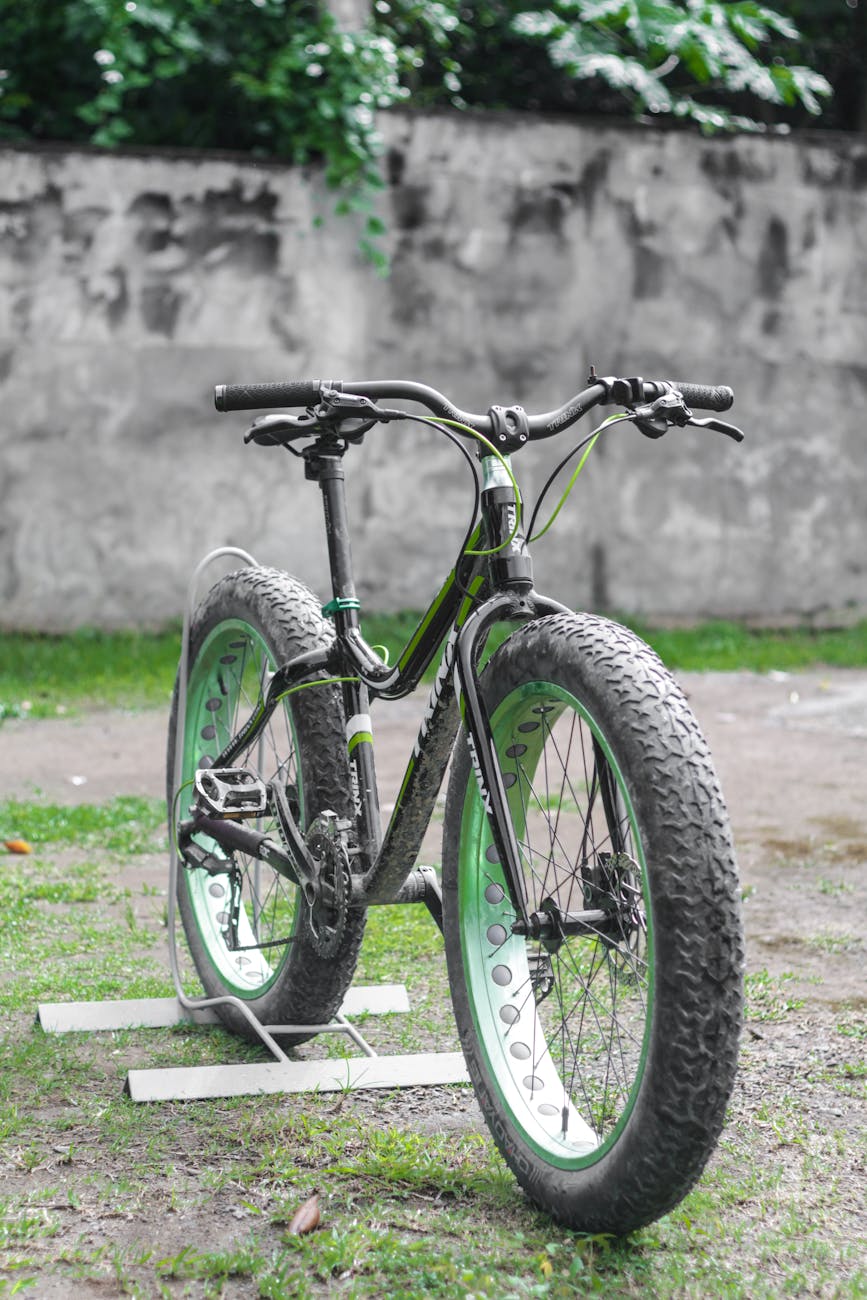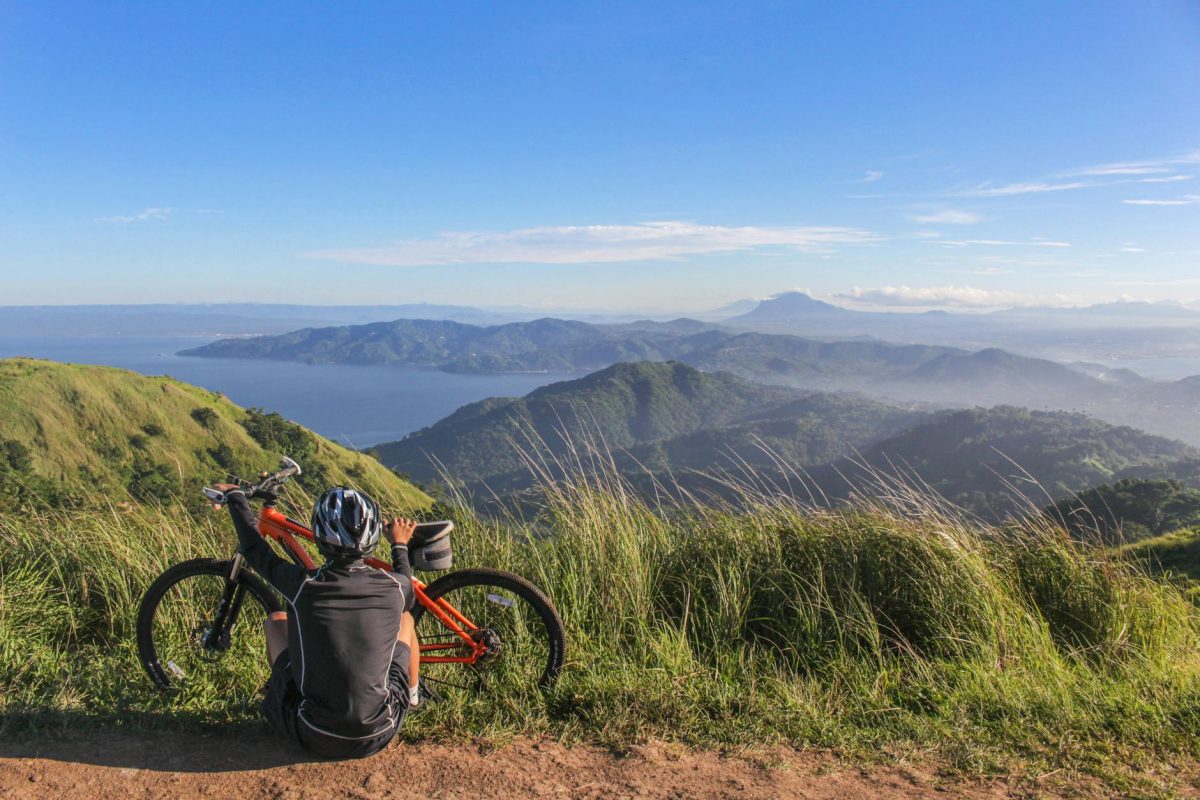Fat Tire Bike Buying Guide: Best All-Weather Ride Options
Fat tire bikes are a great choice for all-weather riding. Whether you enjoy biking on snowy trails, sandy beaches, or muddy terrains, a fat tire bike can tackle various landscapes with ease. If you’re considering purchasing a fat tire bike but are unsure of where to start, this buying guide will help you navigate through the options available to find the best all-weather ride for your needs.
Understanding Fat Tire Bikes
Before delving into the buying guide, let’s first understand what fat tire bikes are and why they excel in all-weather conditions. Fat tire bikes, as the name suggests, are equipped with wide tires that provide enhanced traction and stability on challenging surfaces. These bikes typically have tires that are 3.8 inches or wider, allowing them to float over snow, sand, and mud while maintaining control and grip.
Factors to Consider When Buying a Fat Tire Bike
When shopping for a fat tire bike for all-weather riding, several key factors should be taken into account to ensure that you end up with a bike that meets your specific requirements:
Terrain and Riding Conditions
Consider the type of terrain you will primarily be riding on. If you plan to tackle deep snow or soft sand, opt for a fat tire bike with even wider tires for maximum floatation. For mixed terrain riding, a versatile fat tire bike with moderate tire width will offer a good balance of traction and speed.
Frame Material
Fat tire bike frames are commonly made from aluminum or carbon fiber. Aluminum frames are durable and affordable, making them a popular choice for recreational riders. Carbon fiber frames, on the other hand, are lightweight and offer superior shock absorption, making them ideal for more aggressive riders looking for enhanced performance.
Gearing System
The gearing system of a fat tire bike plays a crucial role in determining its performance on different terrains. Opt for a bike with a wide range of gears if you anticipate riding on diverse surfaces, as this will allow you to easily tackle steep inclines and rough terrain.
Suspension
While some fat tire bikes come with rigid forks, others are equipped with front suspension to absorb shocks and vibrations. If you plan on riding over bumpy trails or rocky surfaces, consider investing in a fat tire bike with front suspension to enhance comfort and control.
Top All-Weather Fat Tire Bike Options
1. Salsa Mukluk – Known for its versatility and stable handling, the Salsa Mukluk is a top choice for riders seeking a reliable fat tire bike that can handle various weather conditions.
2. Trek Farley – With its high-quality components and responsive handling, the Trek Farley is an excellent option for riders looking for a performance-oriented fat tire bike that can conquer any terrain.
3. Surly Pugsley – The Surly Pugsley is a legendary fat tire bike beloved for its rugged construction and ability to excel in challenging weather conditions.
In conclusion, when choosing a fat tire bike for all-weather riding, it’s essential to consider factors such as terrain, frame material, gearing system, and suspension to ensure that you select a bike that suits your riding style and preferences. By exploring the top fat tire bike options available and weighing their features against your needs, you can find the perfect all-weather ride for your cycling adventures.


